- Have any questions?
- +86-189 8930 5995
- sales@mosinterchem.com.cn
Vanillin CAS 121-33-5

Sorbic Acid FCC IV CAS 110-44-1
17/12/2018
DL Tartaric Acid CAS 133-37-9
17/12/2018| Model: | MOS121-33-5 |
| Brand Name: | MOSINTER |
| CAS No.: | 121-33-5 |
| Density: | 1.231g/cm3 |
| Boiling point: | 282.6°C at 760 mmHg |
| Water solubility: | 10 g/L (25℃) |
| Flashing point: | 117.6°C |
| Vapour pressure: | 0.00194mmHg at 25°C |
Vanillin (CAS: 121-33-5)
| Item | Index |
| Appearance | White to light yellow crystalline powder or needle crystalline |
| Odor | Similar to the taste of vanilla |
| Solubility | 1g/2ml 95% ethanol |
| Assay | ≥99.0% |
| Melting Point | 81.0℃-83.0℃ |
| Loss on drying | ≤0.5% |
| Content of AS | ≤0.0003% |
| Heavy Metal | ≤0.001% |
| Residue on Ignition | ≤0.1% |
Vanillin is a phenolic aldehyde, which is an organic compound with the molecular formula C8H8O3. Its functional groups include aldehyde, hydroxyl, andether. It is the primary component of the extract of the vanilla bean. Synthetic vanillin, instead of natural vanilla extract, is now more often used as a flavoring agent in foods, beverages, and pharmaceuticals.
Vanillin and ethylvanillin are used by the food industry; ethylvanillin is more expensive, but has a stronger note. It differs from vanillin by having an ethoxy group (–O–CH2CH3) instead of a methoxy group (–O–CH3).
Natural “vanilla extract” is a mixture of several hundred different compounds in addition to vanillin. Artificial vanilla flavoring is often a solution of pure vanillin, usually of synthetic origin. Because of the scarcity and expense of natural vanilla extract, there has long been interest in the synthetic preparation of its predominant component. The first commercial synthesis of vanillin began with the more readily available natural compoundeugenol. Today, artificial vanillin is made either from guaiacol or from lignin.
Vanillin crystals extracted from vanilla extract.
Lignin-based artificial vanilla flavoring is alleged to have a richer flavor profile than oil-based flavoring; the difference is due to the presence ofacetovanillone, a minor component in the lignin-derived product that is not found in vanillin synthesized from guaiacol.
Uses
The largest use of vanillin is as a flavoring, usually in sweet foods. The ice cream and chocolate industries together comprise 75% of the market for vanillin as a flavoring, with smaller amounts being used in confections and baked goods.
Vanillin is also used in the fragrance industry, in perfumes, and to mask unpleasant odors or tastes in medicines, livestock fodder, and cleaning products. It is also used in the flavor industry, as a very important key note for many different flavors, especially creamy profiles like cream soda.
Vanillin has been used as a chemical intermediate in the production of pharmaceuticals and other fine chemicals. In 1970, more than half the world’s vanillin production was used in the synthesis of other chemicals, but as of 2004 this use accounts for only 13% of the market for vanillin.
Additionally, vanillin can be used as a general purpose stain for developing thin layer chromatography (TLC) plates to aid in visualizing components of a reaction mixture. This stain yields a range of colors for these different components.
Vanillin–HCl staining can be used to visualize the localisation of tannins in cells.
You must be logged in to post a review.

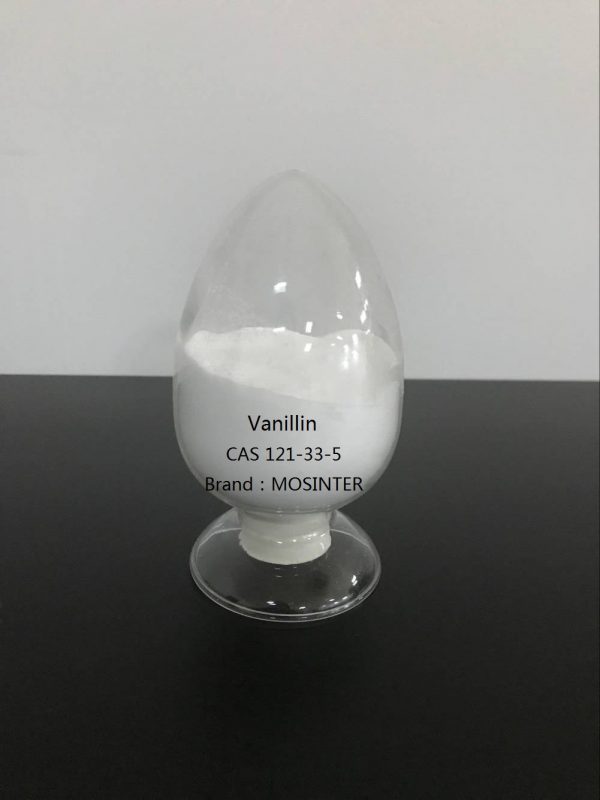
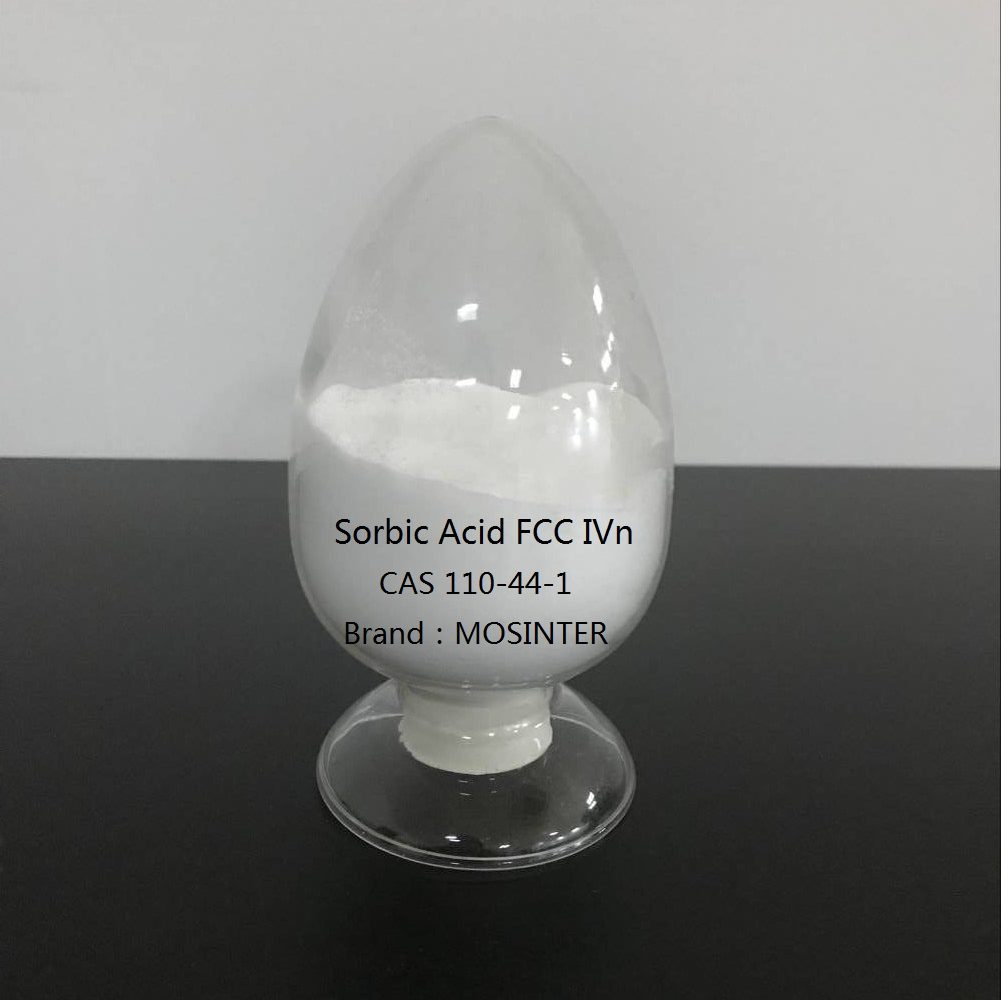
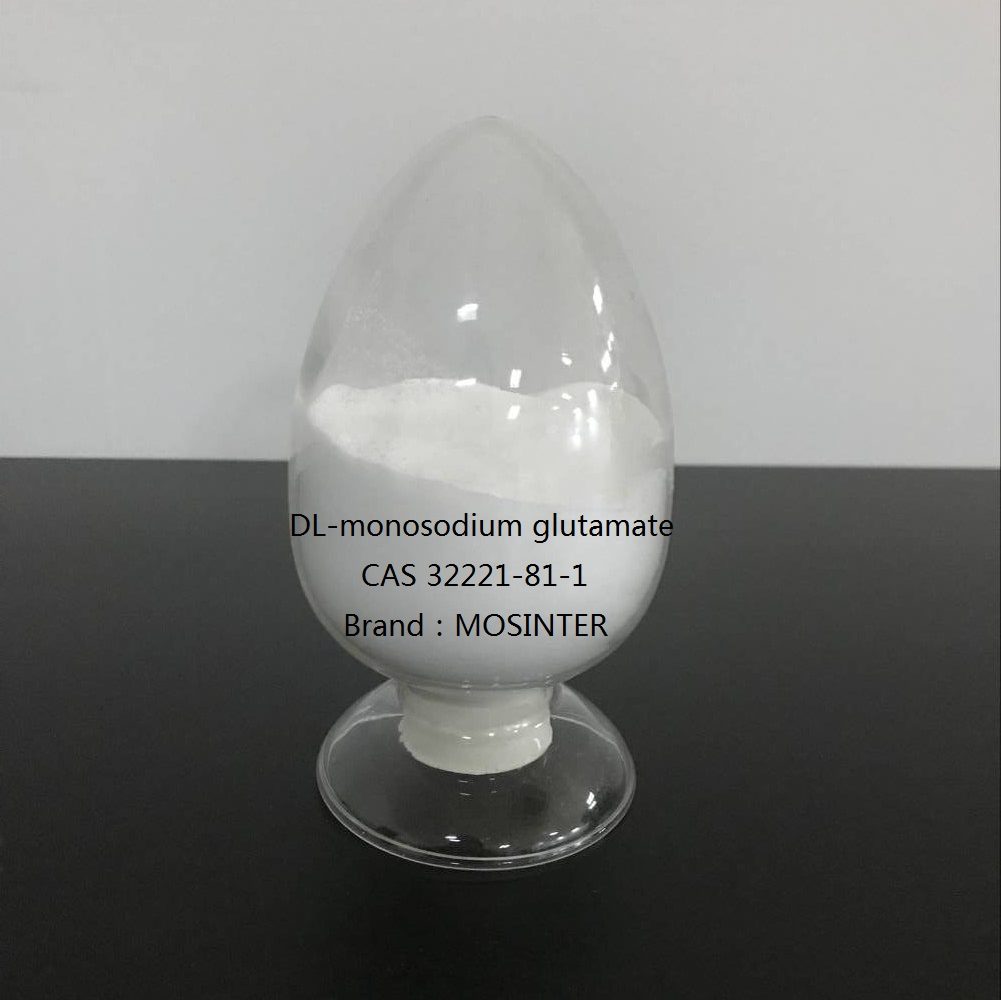
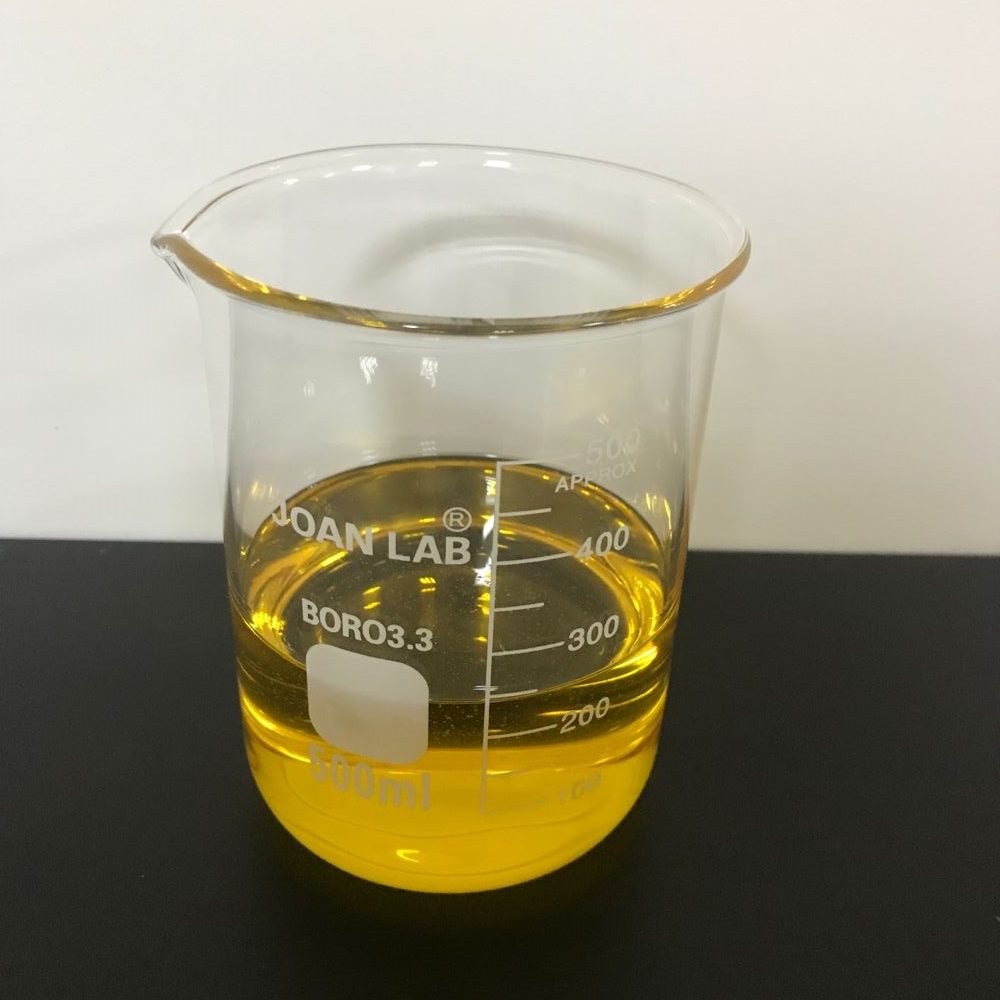
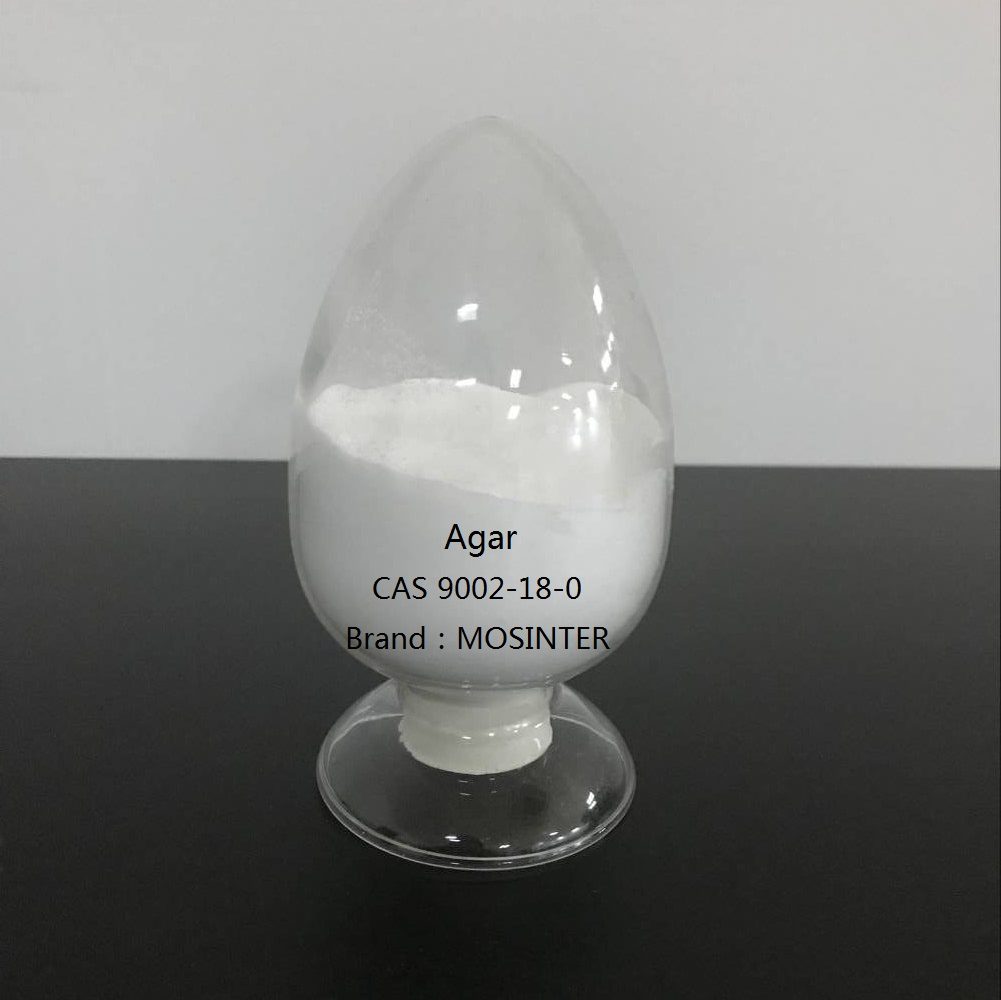
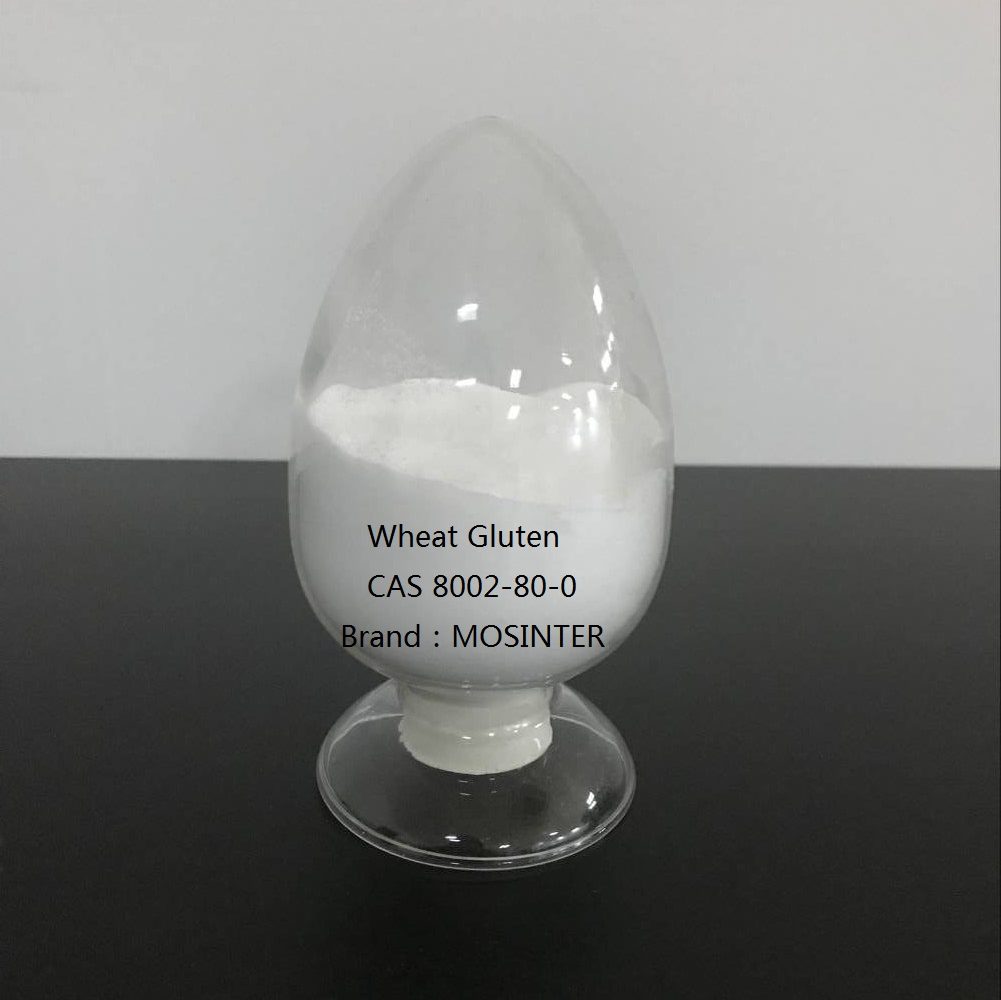
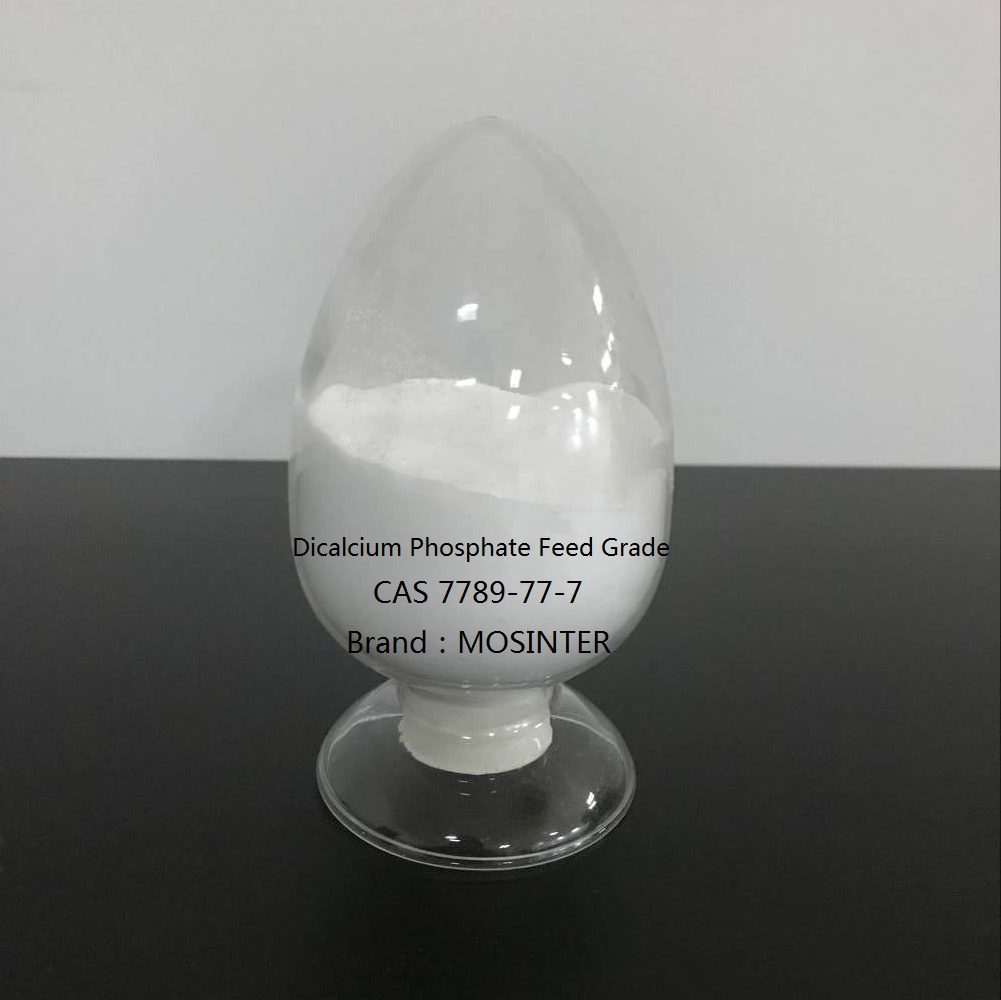
Reviews
There are no reviews yet.